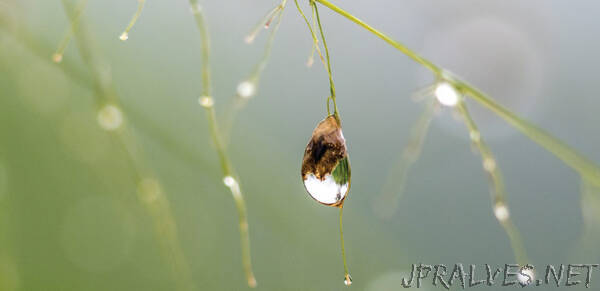
“MOF-based soil moisture monitoring device a step toward precision irrigation.
Smart electronic soil sensors could enable farmers to deliver tailored doses of water to their crops, maximizing food production while saving water. KAUST researchers have developed a rapid and sensitive soil moisture sensor, at the heart of which sits a metal-organic framework (MOF) with a very high affinity for water.
Efficient water usage is a key challenge for farmers faced with feeding the growing global population in the face of climate change. “Irrigation management can help improve crop quality, decrease agricultural costs and preserve water,” says Mohamed Eddaoudi, who led the research along with Khaled Salama. “Highly sensitive and selective soil-moisture sensors offer the potential to improve the water management process,” Salama adds.
MOFs may be well suited to soil moisture sensing, Eddaoudi and his collaborators have shown. MOFs are highly porous synthetic materials with a cage-like internal structure that can be tailored to host specific small molecules, including water. “With their modular porous structure and easy functionalization, MOFs are excellent candidates for sensing applications,” says Osama Shekhah, a research scientist in Eddaoudi’s team. “MOF thin films have already been incorporated into electronic devices, paving the way for their translation to real-world use,” he adds.
The MOFs in the study were selected based on their hydrolytic stability, water capacity and water uptake. “We explored several different MOFs, including the highly porous Cr-soc-MOF-1 developed by our group at KAUST that can capture twice its own weight in water,” says Ph.D. student Norah Alsadun.
The team coated the MOFs onto an inexpensive interdigitated electrode microsensor that can be fabricated by inkjet printing or laser etching. When this sensor was inserted into moist soil, air in the MOF was displaced by water, altering its electrical capacitance, a process that can be detected and measured.
Each MOF device was tested in clayey and in loamy sand soil types, which can show significant differences in texture and water-holding capacity. “Notably, the Cr-soc-MOF-1-coated soil-moisture sensor showed the highest sensitivity, of about 450 percent in clayey soil, with a response time of around 500 seconds,” Salama says. The sensor’s response was highly selective for water even when various metal ions were present in the soil.
“We are now designing and developing a portable prototype MOF-based soil moisture sensor that can be easily used for control experiments in real-world, in-field measurements,” Eddaoudi says. “We anticipate that MOF-based soil-moisture sensors will advance the next-generation soil-moisture sensor technology, offering automated and precise irrigation systems,” Salama adds.
References
Alsadun, N., Surya, S., Patle, K., Palaparthy, V. S., Shekhah, O., Salama, K.N. & Eddaoudi, M. Institution of Metal−Organic Frameworks as a highly sensitive and selective layer In-field integrated soil-moisture capacitive sensor. ACS Applied Materials & Interfaces 15, 6202-6208 (2023).”
